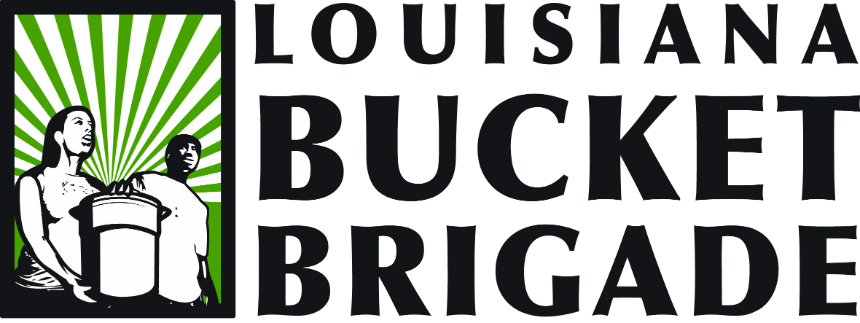
image source: PubChem | |
About the ratings
EWG provides information on personal care product ingredients from the published scientific literature, to supplement incomplete data available from companies and the government. The ratings below indicate the relative level of concern posed by exposure to the ingredients in this product - not the product itself - compared to other product formulations. The ratings reflect potential health hazards but do not account for the level of exposure or individual susceptibility, factors which determine actual health risks, if any.
Learn more |
Legal Disclaimer
Organ system toxicity (non-reproductive) |
| Type of Concern |
Reference |
|---|
| Known human respiratory toxicant | EPA Hazardous Air Pollutants |
| Possible human sense organ toxicant | CHE Toxicant and Disease Database |
| Possible human cardiovascular toxicant | CHE Toxicant and Disease Database |
| Possible human gastrointestinal toxicant | CHE Toxicant and Disease Database |
| show more |
| Limited evidence of gastrointestinal toxicity | CHE Toxicant and Disease Database |
| Limited evidence of sense organ toxicity | CHE Toxicant and Disease Database |
| Limited evidence of general/multiple organ and system toxicity | CHE Toxicant and Disease Database |
| Limited evidence of gastrointestinal or liver toxicity | |
| Limited evidence of respiratory toxicity | |
| Limited evidence of kidney toxicity | |
| One or more animal studies show classified as toxic effects at moderate doses (low dose studies may be unavailable for this ingredient) | EPA Toxic Release Inventory PBTs |
| Classified as not expected to be potentially toxic or harmful | Environment Canada Domestic Substance List |
| Classified as a low human health priority | Environment Canada Domestic Substance List | |
references |
| government/industry list/academic study
| reference
|
| European Union - Classification & Labelling | CPS&Q (Consumer Products Safety & Quality) formely known as ECB (European Chemicals Bureau). 2008. Classification and Labelling: Chemicals: Annex VI of Directive 67/548/EEC through the 31st ATP. |
| FDA Food Additive Status | FDA (U.S. Food and Drug Administration) 2006. Food Additive Status List. Downloaded from http://www.cfsan.fda.gov/%7Edms/opa-appa.html, Oct 16, 2006. |
| Association of Occupational and Environmental Clinics | AOEC (Association of Occupational and Environmental Clinics). 2009. AEOC exposures codes and asthmagen designation. |
| CHE Toxicant and Disease Database | CHE (The Collaborative on Health and the Environment). 2006. Toxicant and Disease Database. |
| FDA Everything Added to Food | FDA (U.S. Food and Drug Administration). 2008. EAFUS [Everything Added to Food]: A Food Additive Database. FDA Office of Food Safety and Applied Nutrition. |
| Environment Canada Domestic Substance List | EC (Environment Canada). 2008. Domestic Substances List Categorization. Canadian Environmental Protection Act (CEPA) Environmental Registry. |
| Illinois EPA Chemicals Associated with Endocrine System | Illinois EPA (Illinois Environmental Protection Agency). 2000. Preliminary list of chemicals associated with endocrine system effects in animals and humans (*) or in vitro (+). In EPA (U.S. Environmental Protection Agency) 2000. Handbook for Non-Cancer Health Effects Valuation, Appendix C. |
| European Commission on Endocrine Disruption | EU (European Union)- Strategy for Endocrine Disrupters 2007. Commision on endocrin disruption requested by the European Parliament in 1998. |
| IFRA Fragrance Ingredient List | IFRA (International Fragrance Assocication). 2010. IFRA Fragrance Ingredient List based on 2008 Use Survey. Accessed online 01/04/2010: http://www.ifraorg.org/Home/News/Latest-News/page.aspx/66?xf_itemId=43&xf_selectionDatapartId=25 |
| EPA Hazardous Air Pollutants | EPA (U.S. Environmental Protection Agency). 2005. Office of Air. The 112(b)1 Hazardous Air Pollutants List (as modified). Last modified: 12 Dec 2005. |
| National Library of Medicine HazMap | NLM (National Library of Medicine). 2006. HazMap — Occupational Exposure to Hazardous Agents. |
| Int'l Agency for Research on Cancer (IARC) - Carcinogens | IARC (International Agency for Research on Cancer). 2008. Overall Evaluations of Carcinogenicity to Humans, as evaluated in IARC Monographs Volumes 1-99 (a total of 935 agents, mixtures and exposures). |
| Chemicals known to be neurotoxic to humans | Grandjean P and PJ Landrigan. 2006. Developmental neurotoxicity of industrial chemicals. Lancet. 2006 Dec 16;368(9553):2167-78. |
| EPA Toxic Release Inventory PBTs | EPA (U.S. Environmental Protection Agency). 1999. Toxics Release Inventory Program. PBT Chemical Rule. |
| Silent Spring's Mammary Carcinogens Reviews Database | Rudel RA, KR Attfield, JN Schifano and JG Brody. Chemicals Causing Mammary Gland Tumors in Animals Signal New Directions for Epidemiology, Chemicals Testing, and Risk Assessment for Breast Cancer Prevention. CANCER Supplement. 2007 Jun 15;109(12):2635-2666. |
"RTECS®" is a United States trademark owned and licensed under authority of the U.S. Government, by and through MDL Information Systems, Inc.





Connect With Us: